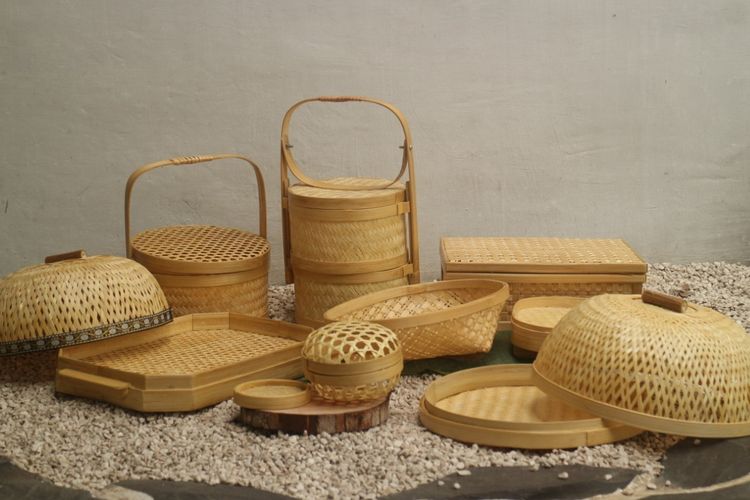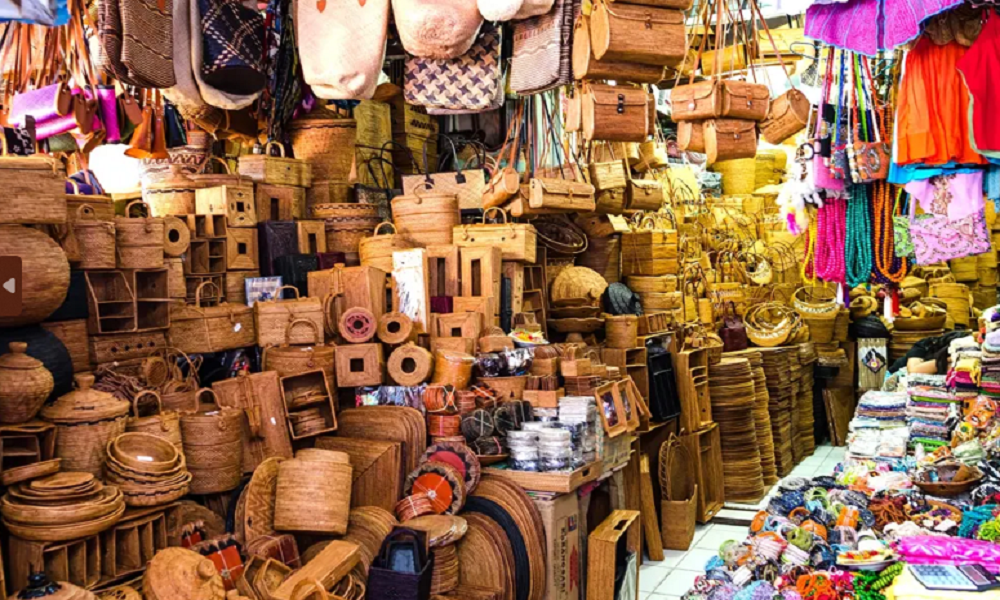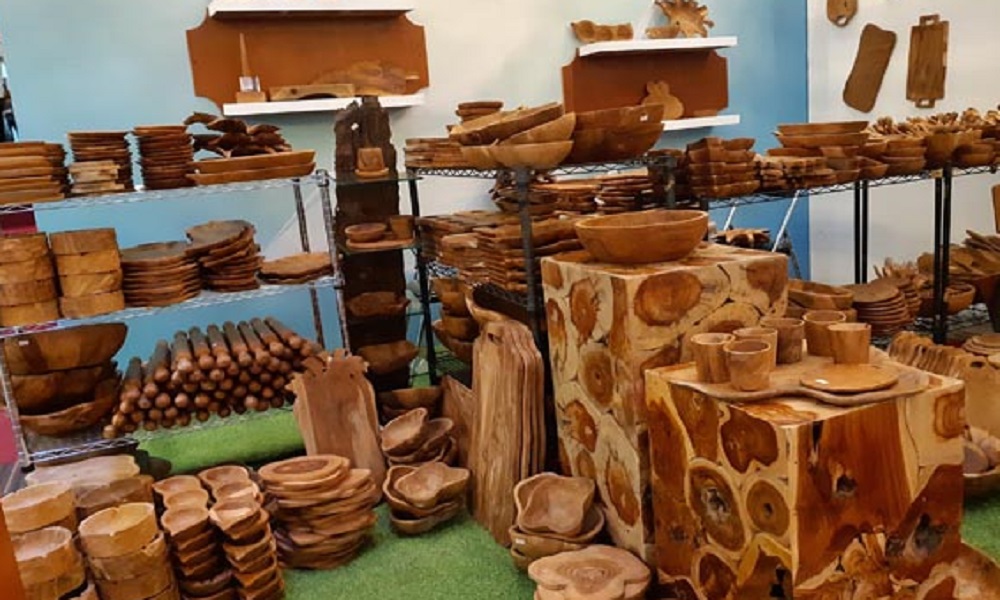What is the Style of Balinese Art? The Art Style in Bali Indeed Has Its Own Uniqueness, Making It Globally Recognized.
What Is the Style of Balinese Art? Here, we will provide some explanations about the various art styles in Bali, so that it can be recognized worldwide. The captivating natural beauty of Bali attracts tourists for vacations. The natural beauty of Bali merges with traditional culture in every activity of Balinese people’s lives. This makes Bali a world-famous tourist destination. The traditional art style possessed by Bali is something that is interesting. What is the style of Balinese art is currently drawing the attention of many people who are increasingly eager to delve into this matter?
The style of Balinese art is based on tradition; craftsmen in Bali work under the guidance of Bali handicrafts suppliers and the Bali handicrafts community to decorate palaces and temples in a particular style that limits individual creative expression. The artist workers remain anonymous, usually living together in the Bali handicrafts manufacturers environment. Over time, the island has been influenced by artists from outside, including from Java, China, India, and in the 20th century, the West, which saw the emergence of different art styles and greater personal expression, most notably in paintings.
Here Are the Factors That Influence What is the style of Balinese Art:
Traditionally, men engage in classical artistic activities such as carving, painting, and sculpting, while females articulate their sentiments through the act of crafting of intricate temple offerings adorned with choice fruits and cakes. Even smaller daily offerings, known as “canang sari,” are works of simple beauty with leaves cut into patterns, vibrant flower petals, colorful rice cookies, and incense.
Like many traditions in Bali, artistic skills are an integral element of the Hindu devotional practice, and the beautiful temples that cover the island are adorned with hand-carved stone reliefs, Hindu and Buddhist statues, intricate friezes, and decorative lamak – sacred ornaments woven from Volcanic sandstone and palm leaves referred to as paras, possesses a relatively soft texture when freshly extracted from quarries.
Intricately carved gates at the temple entrances are considered portals connecting the physical and spiritual worlds, and are consequently decorated with symbols, motifs, and mythological characters. The ominous creature known as ‘kala’ frequently makes its presence known, preventing malevolent entities from gaining access holy sanctuaries, with guardian demons frequently positioned alongside the stairways leading to the sacred spaces steps to the gateway. Leaves, carved vines and lotus flowers also serve as attractive features, as do borders depicting scenes from Balinese legends and stories. The village of Batubulan is renowned for its stone carvings and master carvers, with stone art lining the streets.
Balinese handicrafts communities continue to thrive across the island, with different villages specializing in various crafts, from wood carving, painting, sculpture, to silver craftsmanship. Once more of a pastime, the growth of tourism has created a ready market, and Balinese artworks, furniture, and jewelry are now exported worldwide. Many of these art villages are located around Ubud, known as the craft center of the island, with its beautiful lush water gardens, royal palace and temples adhering to the boughs of towering banyan trees. Away from the bustling main streets, cobblestone lanes with numerous temples and museums create a living, breathing gallery. Several international artists have been captivated by the island’s charm, including the vibrant Hans Snell, Walter Spies and Antonio Blanco among others.
The painters of the island initially adorned temples and sacred sites using materials crafted from indigenous minerals and vegetables. Brushwork utilized bamboo, with the canvas sourced from local bark, wood, and cloth. Kamasan village serves as a hub for this artistic tradition to this Bali traditional type of the artist and painting known as sangging, who depicted sagas from Hindu epics. As European artists arrived on the scene at the start of this century, things began to change, most noticeably with the creation of the Pita Maha, a style synonymous with ‘great vitality’ in painting. This collective was established by Western artists, Rudolf Bonnet, Walter Spies and Balinese artist Cokorda Gd Agung Sukawati. The goal was to encourage painting as an art form and to embolden greater freedom of expression, resulting in the art known as the Ubud style, a unique hybrid of Western and traditional island forms.
Wood Carving Art Style in Bali:
In the realm of wood carving, Mas village stands out as a renowned hub, celebrated for its skilled craftsmen specialize in intricate carvings from single tree trunks, as well as handcrafted furniture According to ancient tales, a Hindu priest escaping the influence of Islam in Java came to Bali and made his home in Mas, and The majority of inhabitants with Brahmin ancestry in the village are believed to possess the inherent talent for sculpting with a seamless touch in their veins Mas is renowned for its mastery in the intricate artistry of mask carving. Masks adorned during traditional dance presentations exhibit opulent paintings and adorned with hair, bulbous eyes and enormous teeth.
Silver Craftsman Art Style in Bali Dominated by Celuk Village:
Celuk is renowned for its jewelry, particularly intricate works with fine silver, and many homes in the village engage in limited-scale silver craftsmanship. Historically, this area was predominantly an agrarian society, where three families with the identical caste celebrated for their proficiency in the silver crafting artistry and gold into intricate embellishments for Hindu devotions. The village experienced a significant transformation in the 1970s with the rise of tourism, and presently, nearly the entire region has shifted its focus. involved in decorative jewelry.
From wood furniture, stone carving, batik printing, painting jewelry, flower arrangements and cloth weaving. Balinese artwork is an integral part of daily life. Instead of being objet art to be admired in galleries it takes the form of practical everyday objects that enhance the natural beauty.
The Role of Bali Handicraft Suppliers is Becoming More Essential:
As Balinese handicrafts continue to grow, all stakeholders must collaborate to help each other. Bali handicraft supplier play a crucial role in this, helping to connect craftsmen in Bali with foreign markets.
However, based on historical trends, Balinese handicrafts have experienced growth and have been highly valued globally. The growth of Balinese handicrafts is often influenced by factors such as tourism, international demand, and the dedication of local artisans. And what is the art style of Bali, the art style in Bali indeed has its own uniqueness, making it globally recognized.
Lorem ipsum dolor sit amet, consectetur adipiscing elit. Ut elit tellus, luctus nec ullamcorper mattis, pulvinar dapibus leo.



